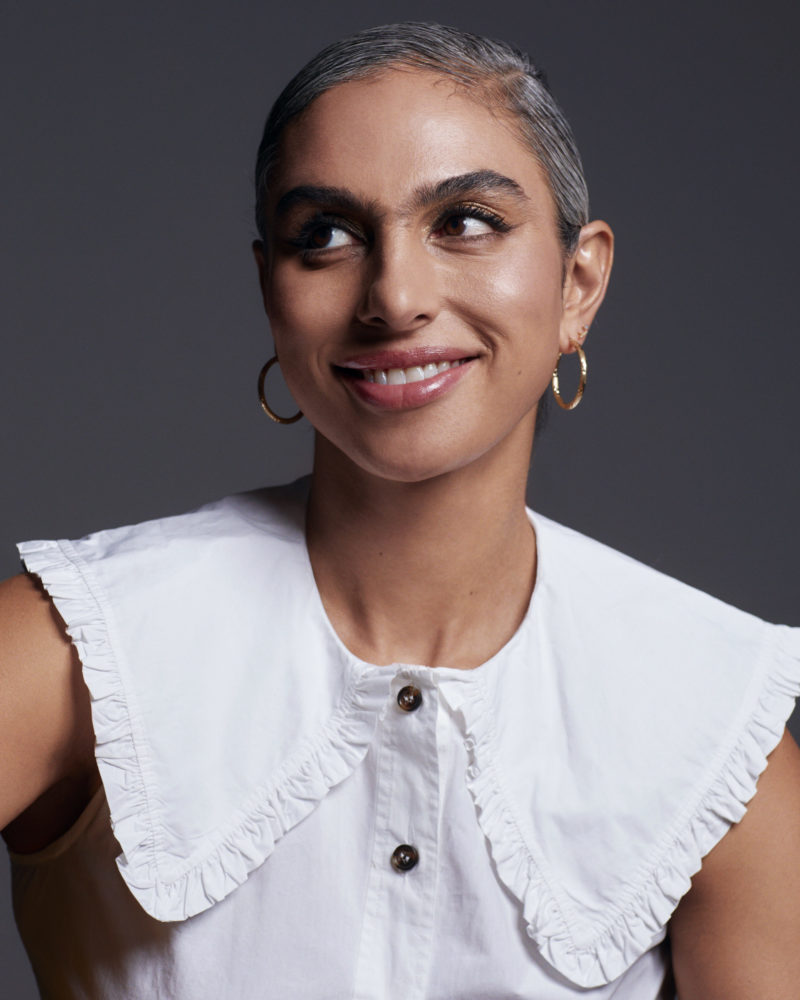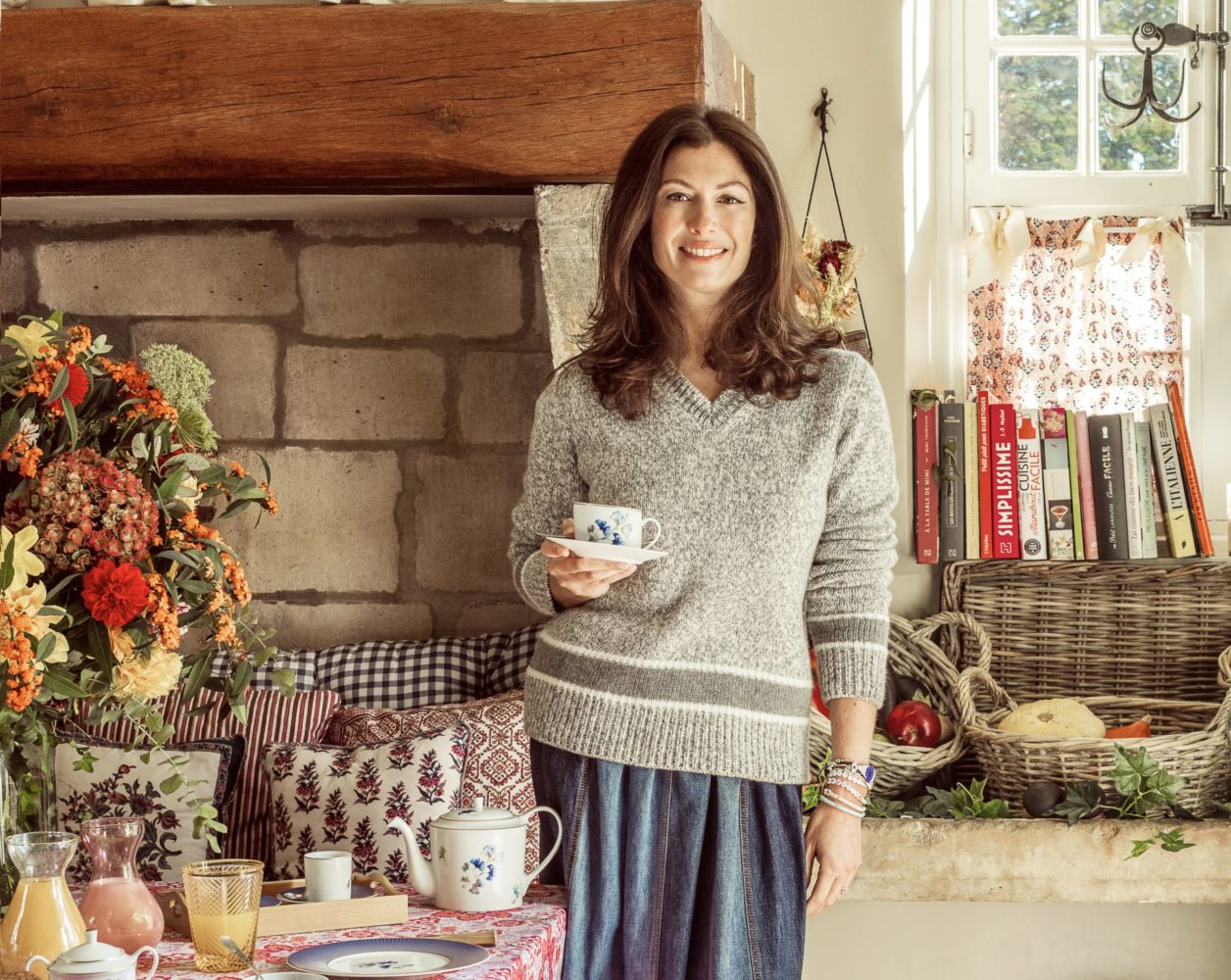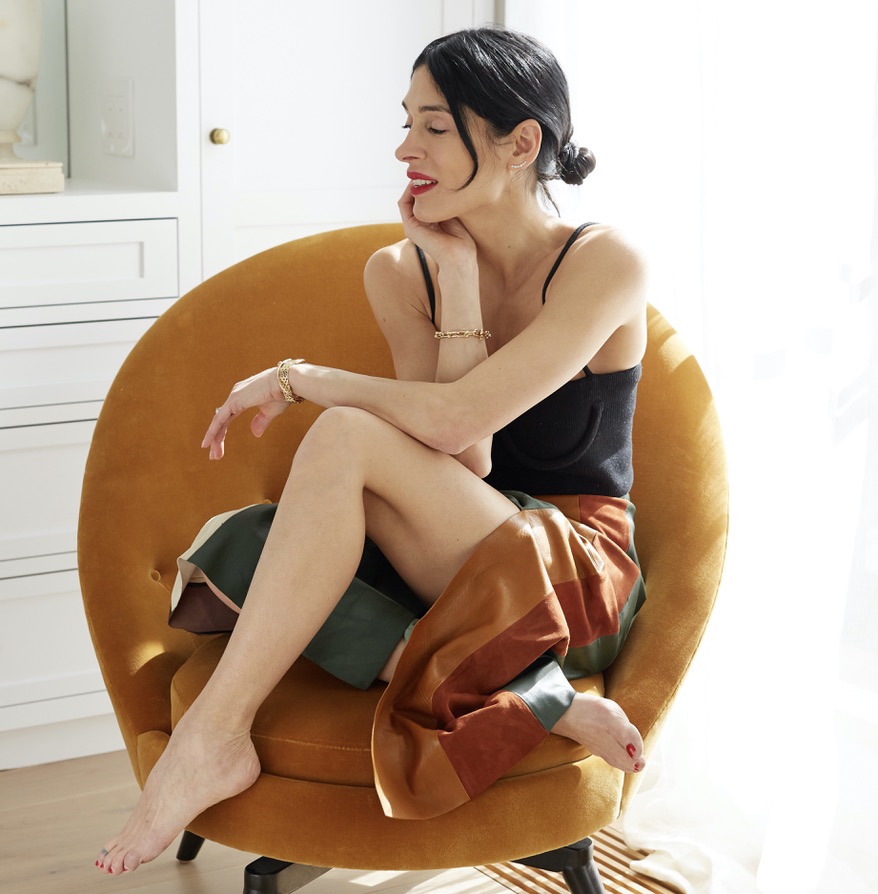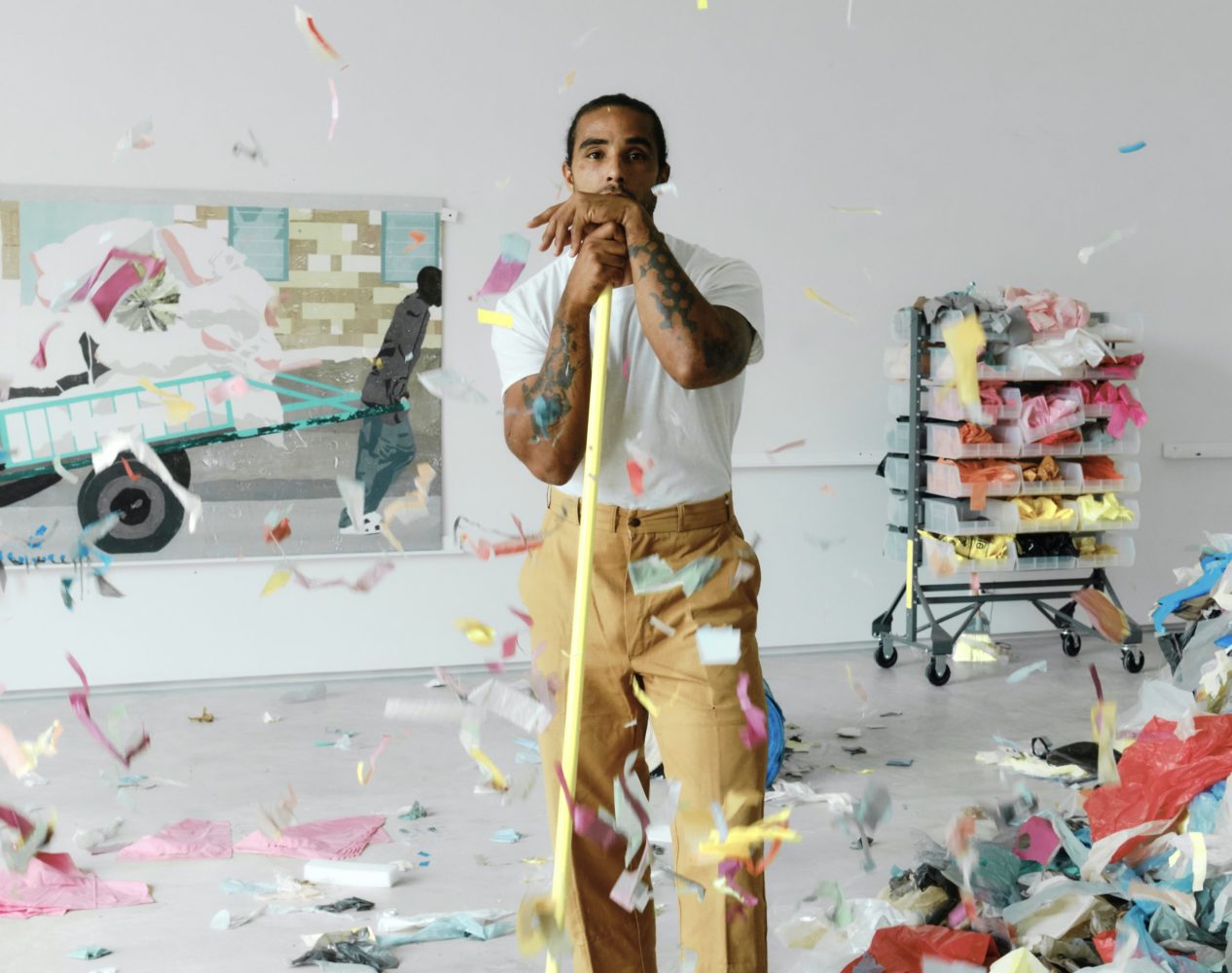At the beginning of this year, Shari Siadat introduced what she calls her fourth child, TooD. The beauty company launched with clean, focused products: brow color creams, a brow brush, and brow soap. While all focused around the eyebrow—an area Siadat grew to celebrate and embrace through her online persona @myfiercebrow—TooD encourages the color creams to be used wherever you want, however you want, whenever you want to express yourself. Rather than contouring or covering up, TooD wants to bring joy and freedom to the beauty world.
As a first-generation Iranian-American, growing up in a mostly white New England town, Siadat remembers being shamed for the way she looked when she was as young as six years old. Well into adulthood, as so many women do, she spent her time grooming, removing, bleaching, and waxing away all the things the beauty industry told her were wrong. After a career in the pharmaceutical industry and having children, she moved into a philanthropic role in New York, and eventually modeling. Her transition into motherhood left her reconsidering not just the products she used but questioning what kind of example she wanted to set for her daughters.
Whitewall spoke with Siadat about how finding liberation in growing in her unibrow ultimately led to TooD, and how she’s committed to creating products that are safe for our body, well-being, and planet.
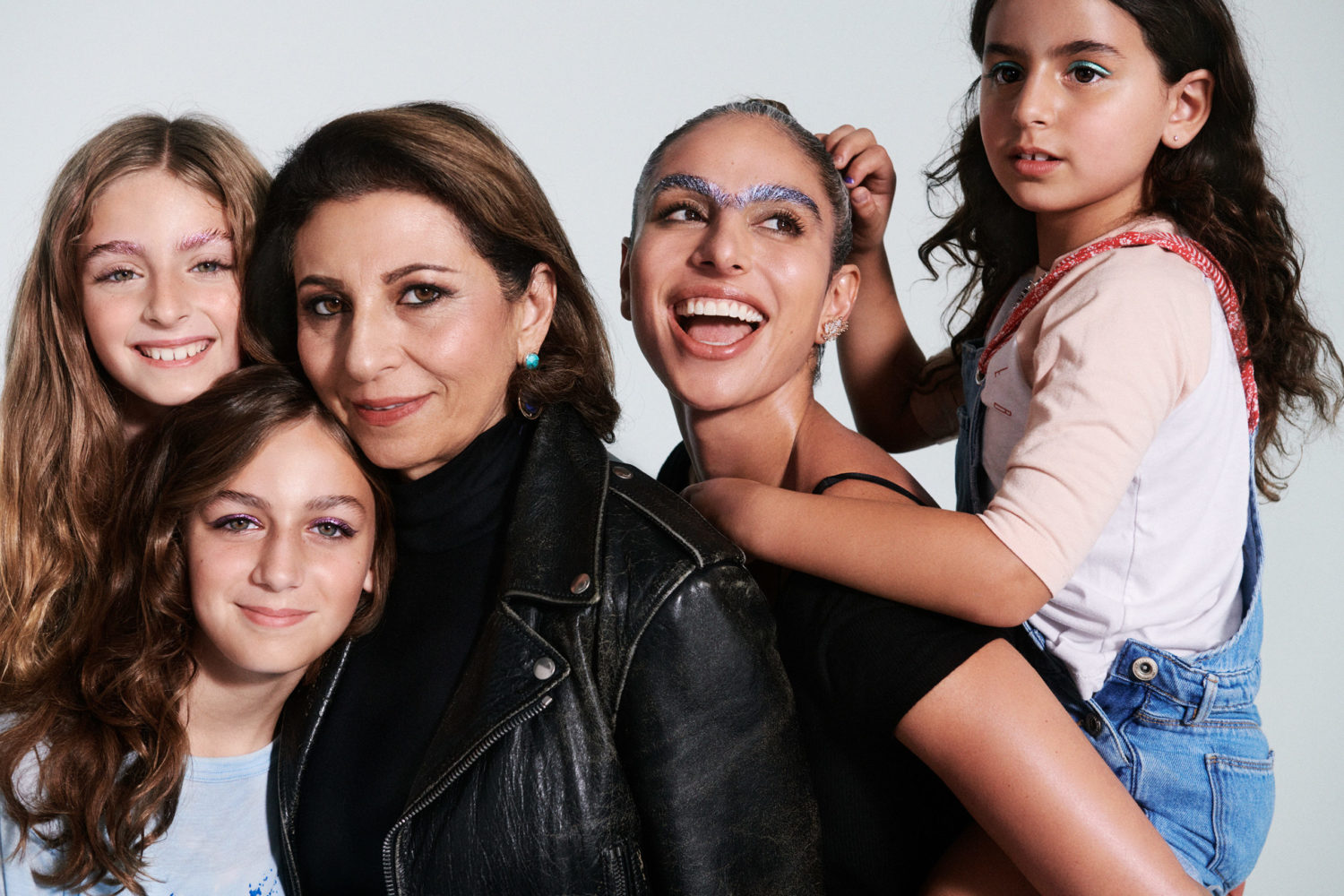
Courtesy of TooD Beauty.
WHITEWALL: How did growing in your unibrow set the stage for TooD?
SHARI SIADAT: I was grooming myself to a standard that was a full-time job. And it wasn’t accessing my soul and my intelligence. When I pulled that restriction out and freed myself, so much started to emerge.
I decided, “I have to grow this eyebrow back, I have to face something that I haven’t seen.” I did it, and I started to see, like, “This is what I was afraid of? This is not so scary.” It speaks to this concept that the prisons that we put ourselves in, based on trauma we’ve experienced or circumstances, so many are self-imposed and we have the power to remove them if we want to. That is a message for me to understand and share with people.
From there, I started an Instagram account, @myfiercebrow, the story got picked up, immediately, internationally, and that turned into me thinking, “I have to do something meaningful with this.” I thought, “Let me write a children’s book. I can change the narrative and exposure, and a little girl or boy with unibrow may not get teased.” I wrote this book—one day it still has to get published—and I was with my book agent and I said, “I want to bundle a complimentary product with the book. What if we had colored eyebrows, glitter eyebrows, like a superhero mask, throwing color and crystals on yourself where you once held shame?” I said, “There is something about turning pain into power.” She was like, “This is genius.” We sketched it out, looked to license it, and she said, “Go and build.”
WW: Why was it also important for you that this be a clean beauty product?
SS: I wanted to come up with a line, one product, one brow color cream that was completely clean, nontoxic, safe for me and my girls to wear. That was super important to me. As you know, everything in beauty is toxic, you don’t realize it until you become pregnant. I wanted to make sure the packaging was sustainable, and I said to myself, “The beauty world is so polluted, both literally and figuratively.” It didn’t make sense for me to enter this space unless I was really carving an innovation and giving something that did not exist.
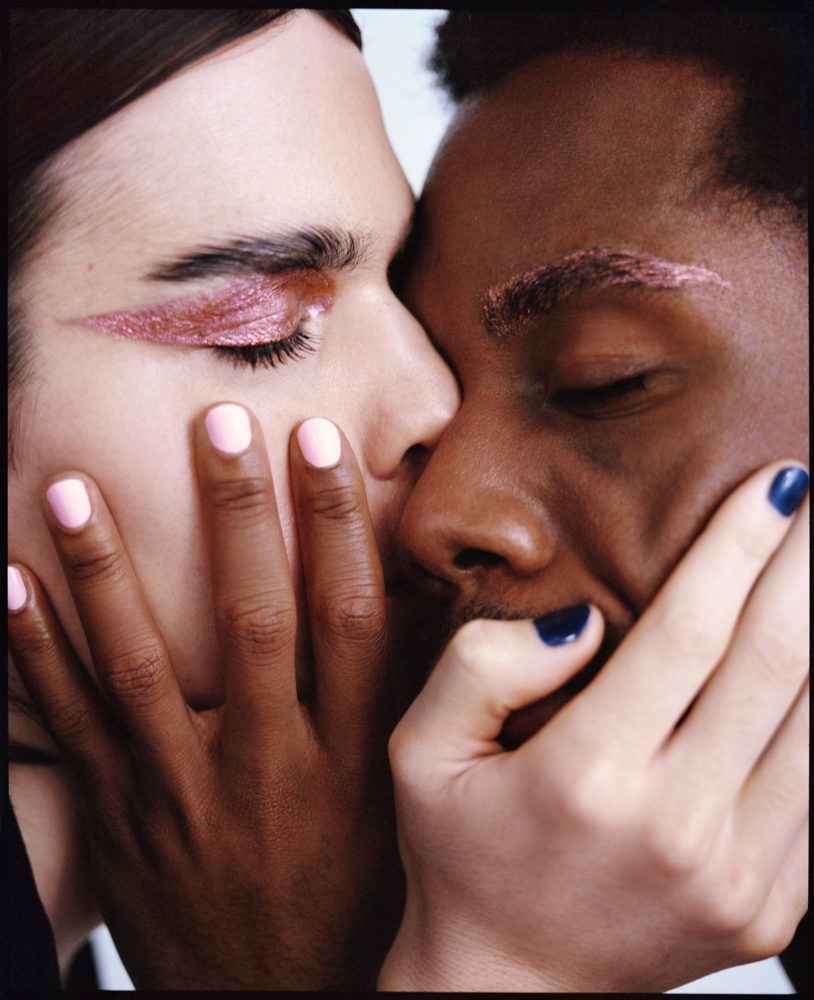
Courtesy of TooD Beauty.
WW: How did you arrive at the color palette for the brow cream? Why did you want to celebrate rather than cover up or conceal?
SS: I wanted it to have a sheen. We have ethically sourced mica that makes it quite sparkly. And that was really for drawing attention to a part that was important. Knowing I could put it on my lids, my lips—makeup for every single body everywhere you want. I thought, “This is a palette that doesn’t exist yet.”
Historically, the beauty industry has profited off of selling us insecurity and solutions. As an Iranian in this country, I had a lot of self-hate. There is no brand that is like, “What if you are good enough as you are and what if we sell you tools that allow you to self-express however you feel in whatever place you want?” Who said blush goes on cheeks and lipstick goes on lips? We’ve been tamed to feel like we have to do something a certain way.
Part of TooD is also this concept that all of us are nonbinary. I named the colors as oppositions—brother/sister, asleep/awake, inner/outer, because nonbinary is not just about sexuality or gender identity; it’s in knowing that we are this and that. I wanted that to be a reminder to everyone that we don’t have to put ourselves in a box in any way. Feeling good about ourselves, that’s what this is about. It’s about an inner joy and confidence in who we are.
WW: Another huge aspect around the beauty industry is the messaging. So what kind of campaign did you want to represent TooD?
SS: I kept waiting for someone to show me what I felt was missing in the industry. Even when there was this “diversity boom” happening, it still wasn’t as deep or had as much depth as I was hoping for.
For the TooD campaign, it was very important to me that we showed diversity in multiple ways. If it’s makeup for everybody everywhere—we’re showing it on fingers, in armpits. I wanted to tell the untold stories that are never shown in a beauty campaign. I was intentional with every person I showed. I owe it to myself, to my daughters, and to the world to amplify voices that didn’t have a platform. I have a social responsibility to do that.
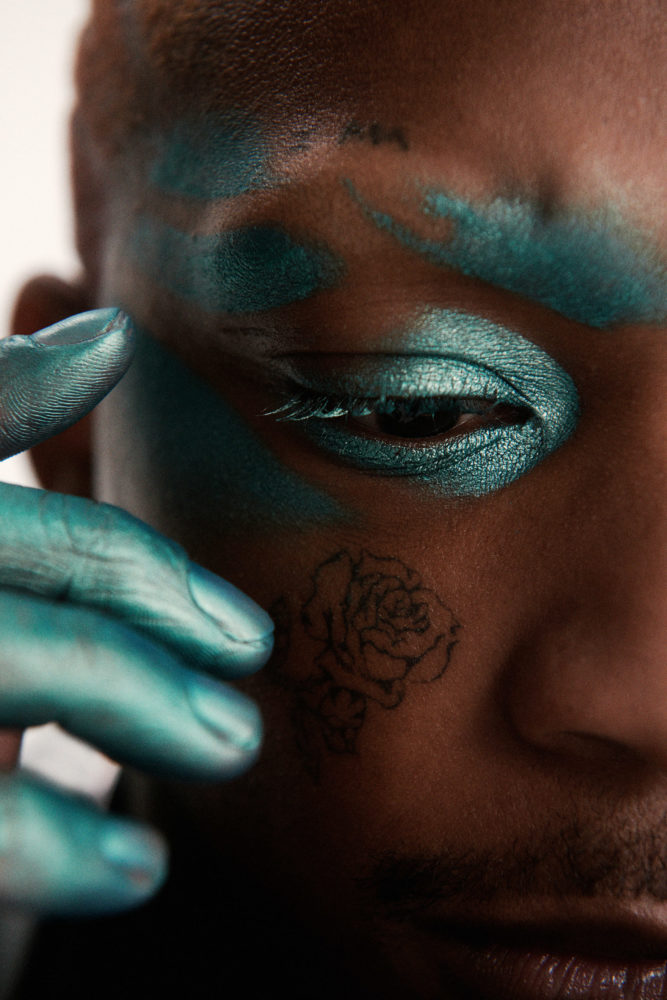
Courtesy of TooD Beauty.


